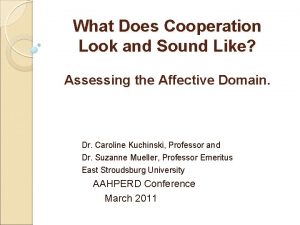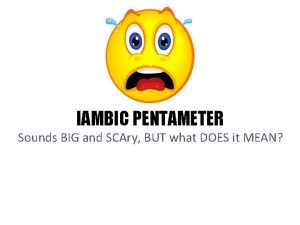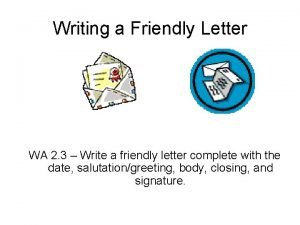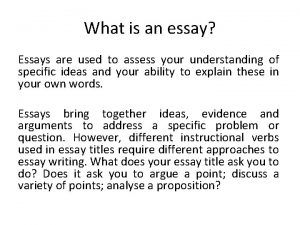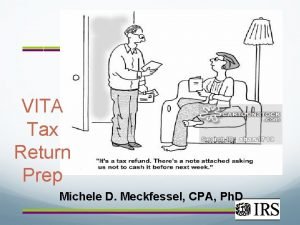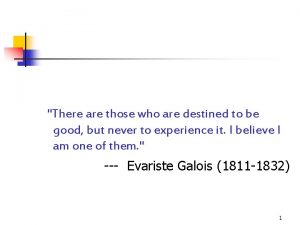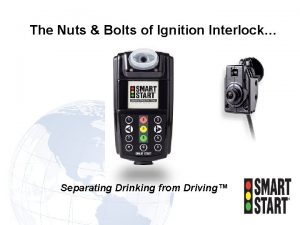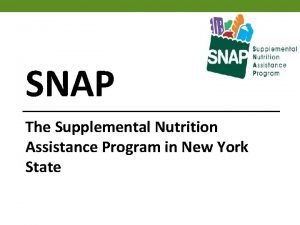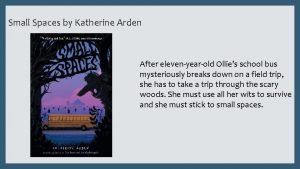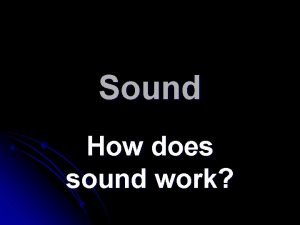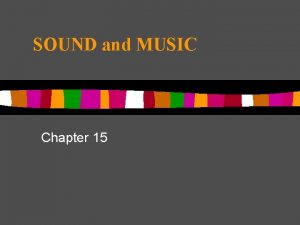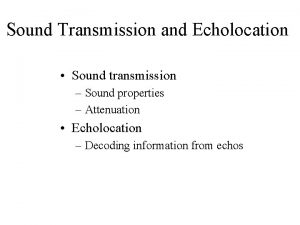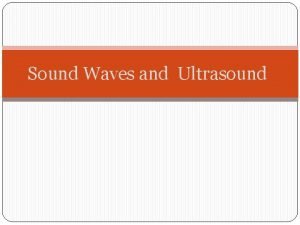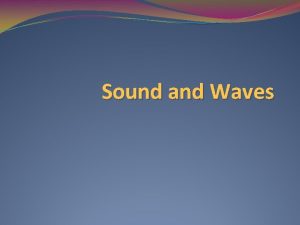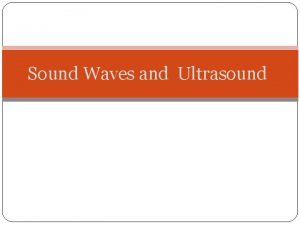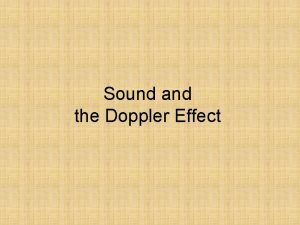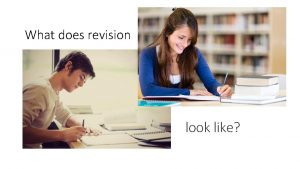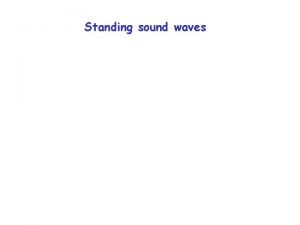What Does Cooperation Look and Sound Like Assessing
























- Slides: 24

What Does Cooperation Look and Sound Like? Assessing the Affective Domain. Dr. Caroline Kuchinski, Professor and Dr. Suzanne Mueller, Professor Emeritus East Stroudsburg University AAHPERD Conference March 2011

NASPE 5 Exhibits responsible personal and social behavior that respects self and others in physical activity settings. Self initiated behaviors that promote personal and group success in activity settings: Safe practices Adherence to rules and procedures Etiquette Cooperation and Teamwork Ethical behavior Positive social interactions

NASPE 5: K-12 Sample Benchmarks (2004) K-2 3 -5 6 -8 9 -12 • Recognizes safe • Accepts practices, rules and decisions of procedures. authority figures. • Helps establish rules and procedures • Shares • Works together to solve a problem • Remains on task • Participates in a group activity successfully in without close diverse groups teacher monitoring. • Shows compassion by helping others • Works independently • Works with a partner and small groups. • Appreciates the differences in self and others. • Encourages others • Refrains from putdown statements • Through verbal and nonverbal behavior, shows respect for and cooperates with diverse people. • Avoids and resolves conflicts • Uses effective communication skills • Develops strategies for inclusion of others • Participates in physical activity for personal enjoyment rather than only with friends.

Personal and Social Responsibility Hellison’s Levels (2011). 0 1 Irresponsibility Makes excuses, blames others, denies responsibility. Respect Self-control, does not interfere with others 2 3 Participation …Willingly plays, accepts challenges and practices Self Direction … Works independently, sets and pursues goals 4 Caring …Cooperates, shows concern, gives support

Personal and Social Responsibility Giles-Brown (2006). Celebrating Differences Consensus Decision Making Working Together: Roles of Group Members Virtues Caring Honest Respectful Trustworthy Responsible Self-Directed Perseverance Self-Disciplined Body Language Peer Feedback Conflict Resolution

How do the Hellison and Giles-Brown models help PE teachers meet NASPE Standard Five?

How do you teach and assess personal and social responsibility?

Affective Domain Instructional Model Identify the affective skill and why its important Identify observable behaviors for the affective skill (T-Chart) Practice the affective skill Process the affective skill Provide feedback, reinforcement, continued practice and formative assessment Engage intosummative assessment (De. Line, Jim. (1995). Dare care: A pedagogical approach to cooperative physical education. In Clements, Rhonda (Ed) Games and Great Ideas. Westport CN: Greenwood Press. )

NASPE 5: Self-initiated behaviors that promote personal and group success in activity settings: Ethical Behavior Honesty What? Looks Like Be truthful Sounds Like Why? Looks Like Helps others trust you because you play fair and do as you say you’ll do. Sounds Like

Floor Fencing Description: Partners facing, each with a wand. Slide tip of wand on floor and try to tap each other’s foot. Demonstrate honesty by calling out, “You got me!” when tapped. To begin, tap each other’s wand three times. A touch may not be declared by saying, “I got you!” Play until one person gets 3 touches, then challenge another from your group. Handicaps (degree of difficulty): Play with your non-dominant hand Play on one foot

Positive Adjectives Meet with at least two people with whom you played floor fencing. Make and keep eye contact as you say their name and two positive adjectives that reflect how they played. “Alice, I think you were…. &…. ” Kind Polite Helpful Creative Strong Friendly Aggressive Independent Quiet Energetic Reserved Determined Nice Organized Bright Humorous Active Courageous Thoughtful Pleasant Cheerful Clever Determined Delightful Courteous Inventive Convincing Calm Intelligent Imaginative Content Confident Honest Enthusiastic Sensible Daring

Grades 3 -5: Describes and performs honesty in physical activity settings. Performance Summative Assessment: Teacher observation of students’ positive and negative honesty interactions. Student Activity 1 Activity 2 F. T. S. S. L. M. C. P. R. S. (Advanced = 90%; Proficient = 75%; Developing = 55%; Below Basic = <55%)

All Touch 3 v 3 Basketball Describe the Honesty Rules you would use in a 3 v 3, all-touch game of one-basket, basketball. Give examples of game situations.

Honesty Summative Assessment Rubric All Touch 3 v 3 Basketball Describe the Honesty Rules you would use in a 3 v 3, all-touch game of onebasket, basketball. Give examples of game situations. Advanced Describes rules of team members calling out when all have touched the ball, at least two different violations and a foul. Includes a penalty for calling other teams’ errors. Gives examples of three or more situations from the game. Proficient Describes rules of team members calling out when all have touched the ball and at least two different violations. Gives examples of two situations from the game. Developing Below Basic Describes two honesty rules and a situation. Describes traditional rules and gives an example of one honesty rule.

What have we used from the Affective Domain Instructional Model? Identify the affective skill and why its important Identify observable behaviors for the affective skill (T-Chart) Practice the affective skill Process the affective skill Provide feedback, reinforcement, continued practice and formative assessment (De. Line, Jim. (1995). Dare to care: A pedagogical approach to cooperative physical education. Engage in summative assessment In Clements, Rhonda (Ed) Games and Great Ideas. Westport CN: Greenwood Press. )

NASPE 5: Social Responsibility What are the steps we would take to design a unit of instruction for students in grades 6 -8 or 9 -12 to know and perform: Cooperation: Roles of Group Members

Organizer Leads the group: Tells the challenge, seeks solutions and answers questions about directions. Encourager Acknowledges effort and gives support. Recorder Elicits member input for team report card and shares results. Cooperation: Roles of Group Members All members Treat others with respect, work together to solve the challenge, and avoid put-downs, attacks, bullying, disrespect, and negative gestures or facial expressions. Praiser Gives put-ups. Starts positive adjective round. Summarizer Tells the class how the team solved the challenge. Equalizer Makes sure everyone listens and gives ideas.

What does your role look/sound like? Looks Like Sounds Like Looks Like Organizer Praiser Encourager Recorder Equalizer Summarizer All Members Sounds Like

Cooperation: Positive and negative group interactions. Performance Summative Assessment: Teacher observation of students’ positive and negative group role interactions. Student Activity 1 Activity 2 Name Role F. T. Organizer S. S. Recorder L. M. Encourage C. P. Equalizer (Advanced = 90%; Proficient = 75%; Developing = 55%; Below Basic = <55%) R. S. Positive behaviors for role. Summary Negative behaviors for role.

Summative Assessments Grades 6 -8: Describe the effects of Positive and Negative Interactions of group members in Physical Activity. 1. Journal summary of personal growth in interactions with others. 2. Team Report Card summary describing how interactions of team members helped/hindered/improved group work over time. 3. Describe how rules of games can foster positive and negative interactions of players. 4. Open ended cause/effect prompts a. b. Describe two ways in which negative or positive peer pressure could influence me during physical activity As the (any role) organizer, I should…so the group will be able to… Scoring Rubric

Summative Assessments Grades 9 -12: Analyze the effects of Positive and Negative Interactions of group members in Physical Activity. 1. Scenario/role play/case study analysis of effects of positive and negative interactions. 2. Analysis of positive and negative actions, effects and appropriate alternatives for negative behaviors. Scoring Rubric

Grade 9 -12 ANALYZE the effects of Positive and Negative Interactions of adolescent group members in Physical Activity Read the scene of the teen group solving the team building challenge. Fill in the chart and then analyze the effect of the positive and negative interactions on the groups’ ability to solve the team building challenge. Positive Negative Effect Organizer Praiser Encourager Summarizer Recorder Explain your analysis: (how behaviors enhanced or detracted from the group’s ability to solve the challenge).

Grades 9 -12 Cooperation: Group Role Members Knowledge Summative Assessment Rubric Levels Criteria Advanced Accurate identification of the positive and negative behaviors for each role/member and the effect of each. Clear, detailed explanation connecting positive interactions with effects that enhanced group problem solving and negative interactions with effects that impeded group progress. Showed the effect of the interplay between positive and negative interactions on problem solving. Proficient Accurate identification of most positive and negative behaviors for most roles/members and the effect of most. Clear explanation connecting positive interactions with effects that enhanced group problem solving and negative interactions with effects that impeded group progress. Developing Identified some positive and negative behaviors for some roles/members and the effect of some. Made some connections between positive interactions with effects that enhanced group problem solving and negative interactions with effects that impeded group progress.

References De. Line. (1995). Dare to care: A pedagogical approach to cooperative physical education. In Clements, Rhonda (Ed) Games and Great Ideas. Westport CN: Greenwood Press. Giles-Brown. (2006). Physical education assessment toolkit. Champaign, IL: Human Kinetics. Grineski. (1996). Cooperative learning in physical education. Champaign, IL: Human Kinetics. Hellison, D. (2011). Teaching responsibility through physical activity. (3 rd edition). Champaign, IL: Human Kinetics. Midura & Glover. (2005). Essentials of team building. Champaign, IL: Human Kinetics. NASPE. (2004). Moving into the future: National standards for physical education. (2 nd edition). Reston, VA: NASPE Publications.
 What does cooperation look like
What does cooperation look like Look down and to the left
Look down and to the left Why does ethanol look like water but behave more like wood?
Why does ethanol look like water but behave more like wood? Which features of the sun look like huge cloud-like arches?
Which features of the sun look like huge cloud-like arches? Trochaic meter
Trochaic meter What does a healthy relationship sound like
What does a healthy relationship sound like Essential questions about empathy
Essential questions about empathy How big is 7cm
How big is 7cm Friendly letter heading
Friendly letter heading How to write friendly letter
How to write friendly letter What does equity look like
What does equity look like English essay
English essay What is this
What is this What does a million dollars look like
What does a million dollars look like What does form 8862 look like
What does form 8862 look like Sameer lapsia
Sameer lapsia Tsa layers of security
Tsa layers of security How to find multiplicative inverse
How to find multiplicative inverse How does a brochure look like
How does a brochure look like What does an interlock report look like
What does an interlock report look like What does 100 feet look like driving
What does 100 feet look like driving What does a bass clarinet look like
What does a bass clarinet look like Glicizide
Glicizide What does a cbic card look like
What does a cbic card look like Ollies worcester
Ollies worcester
